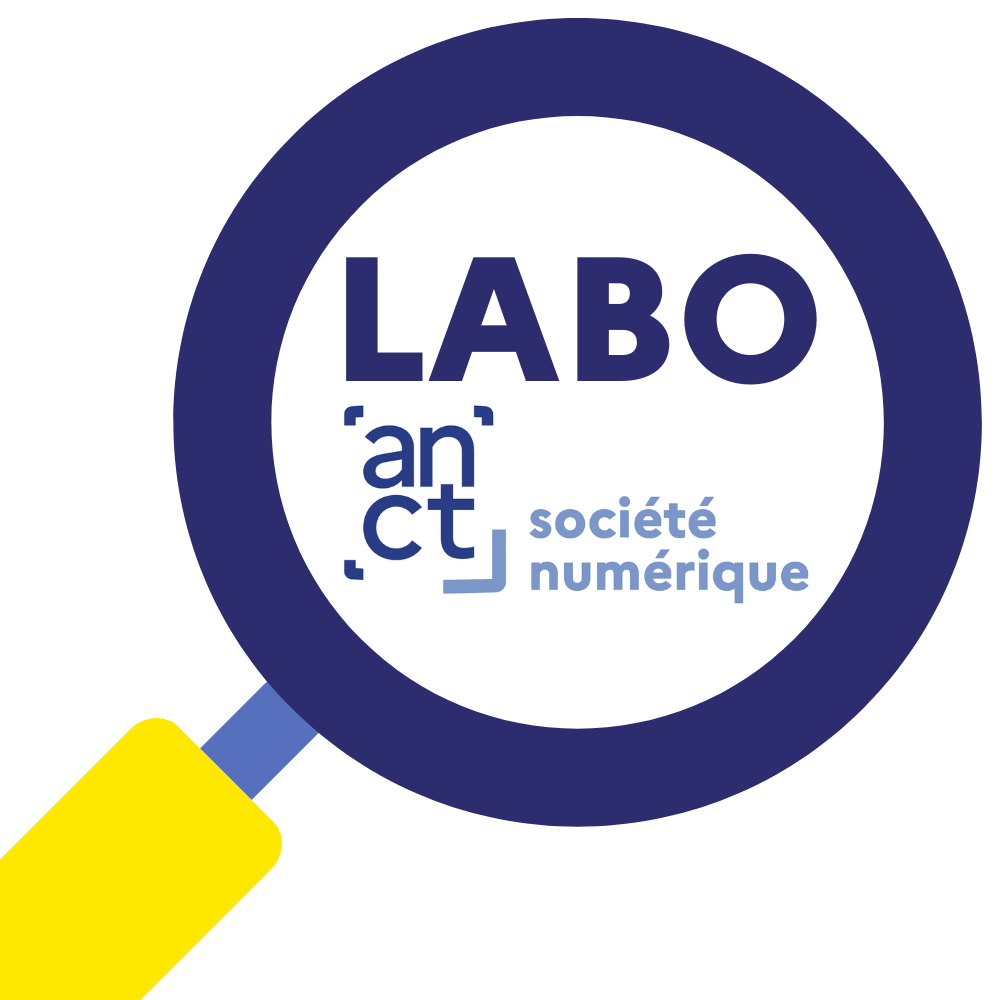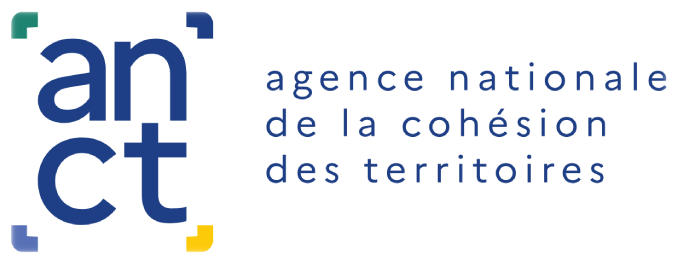In 2018, French teachers working in elementary classrooms participated for the first time in the International Teaching and Learning Survey (Talis) conducted under the auspices of the OECD. Data were collected in 15 countries around the world, including six in the European Union (England, Belgium (Flanders), Denmark, Spain, France and Sweden). This represents a sample of nearly 50,000 teachers, including over 1,400 in France. School principals were also part of the sample.
The Ministry of National Education has just published the first results of the survey of primary school teachers and principals: "Classroom practices, feelings of personal effectiveness and training needs: an unprecedented snapshot of the school teaching profession in early 2018."
The questionnaire asked about a series of structuring pedagogical practices (such as outlining objectives at the beginning of the course or presenting a summary of learning), their conditions of practice, and their feelings about their work and their training.
- French teachers differ from their European colleagues in that they make less use of teaching complex tasks or tasks involving cross-curricular skills, such as creativity or critical thinking.
- Less than one-third feel they are very effective at explaining things differently when students are confused or at getting students to realize that they can do well academically.
- Working with students in small groups is also less common in French schools: only one in two teachers say they "often" or "always" use it, compared to two in three in England, Flanders and Spain.
- In addition, French teachers give a less than satisfactory assessment of their initial training. They express a deteriorated sense of personal effectiveness compared to their European neighbors, in terms of teaching, classroom management and student engagement.
- Fewer also succeed in encouraging student learning through the use of digital technology.
14% of school teachers let students use digital tools in class
- In France, only 14% of teachers report letting students use digital tools for projects or class work, compared to 40-60% of teachers in other European countries.
- While most French teachers (more than nine out of ten) say they frequently or almost always use digital tools to prepare their lessons, only half say they use them in class to guide their sessions.
- Fewer than one in ten teachers report being "very successful" in encouraging student learning through the use of digital technology (e.g., computers, tablets or digital boards), compared to an average of one in three teachers in other European countries.
High need for digital training
"These data reflect the difficulty of French teachers to integrate digital technology into their teaching practices." However, the authors of this note observe, "for nearly half of French teachers (a proportion similar to Spain, for example), initial training addressed the use of ICT for teaching (ICTE). The problem is when asked about the quality of this training: only 16% of French teachers express a positive opinion of their level of preparation, compared to an average of more than one-third of their European neighbors.- 35% of French teachers express a high need for training in ICTE skills, a higher proportion than in any other European country.
- Only one third of them participated in an in-service training activity in this field during the year, compared to an average of one in two teachers in other European countries.
Practical obstacles to the pedagogical integration of digital technology
The survey of school principals also reveals a French specificity linked to the problems of equipment and material resources, which also contribute to slowing down the pedagogical integration of digital technology- More than two out of five French principals emphasize that " insufficient Internet access undermines their school's ability to provide quality education.
- 57% of them (compared to 17% in the Nordic countries, 23% in England, 35% in Spain and 37% in Flanders) mention insuffisant or inadequate digital materials for educational use.
- These obstacles are more common in priority education (70% and 76%, respectively) and for schools located in large cities (65% and 73%, respectively).
Référence :





